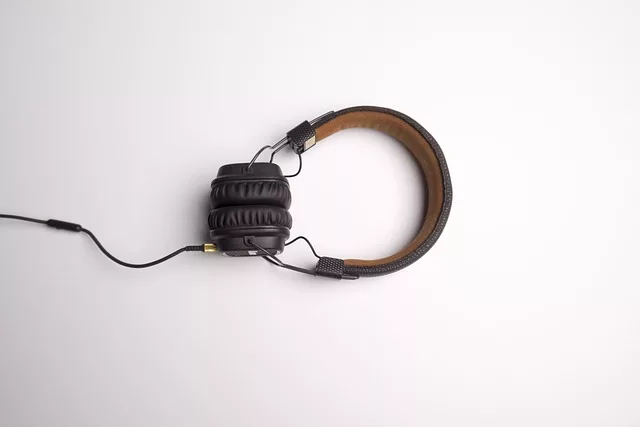DoD Updates Hearing Test Policy to Reduce Service-Connected Hearing Loss

Most who join the United States military are subject to annual fitness testing to ensure troops meet basic physical standards. The Department of Defense has developed a new hearing test program featuring scheduled “fit testing” to maintain readiness; this one doesn’t require push ups or running.
It’s an audio test to detect hearing loss.
The U.S. military faces occupational hazards where high noise is concerned, as we’ll explore below. One encouraging sign, based on a paper released in 2021, is that military hearing loss is “stable,” meaning the average number of those suffering from it is not increasing year to year.
But those numbers aren’t decreasing, either. That’s a concern for some, including Army audiologists who note that hearing loss and hearing damage are in the top three disability claims at the Department of Veterans Affairs. That explains why audio fit testing is of interest to military medical experts.
The DoD Hearing Fit Test
Military members at elevated risk for occupational hearing damage may be enrolled in a “hearing conservation program” to monitor hearing damage.
This program is mandatory for “DOD personnel exposed to continuous and intermittent noise at or above 85 decibels as measured in this 8-hour average or impulse noise sound pressure levels of 140 decibels or greater for at least one day per year…”
That’s according to DoD.gov, which adds, “Testing happens before initial duty in hazardous noise areas or as soon as possible after employment begins.”
How does the fit test program work? Those in the conservation program are referred for a “hearing proctor fit test” at a military clinic or hospital.
Each service member in the program is rated with a “personal attenuation level,” which is meant to provide an objective measurement of the servicemember’s hearing. If hearing damage is evident, the service member may be referred for additional care, hearing protection, or other measures.
Service-Connected Audio Hazards
OSHA.gov, the official site of the Occupational Safety and Health Administration, notes, “Exposure to high levels of noise can cause permanent hearing loss. Neither surgery nor a hearing aid can help correct this type of hearing loss.”
There is plenty of motivation to regularly screen active duty and reserve troops for hearing damage. Military service requires many to work on active runways with jet engines roaring constantly, on firing ranges, and in areas with high decibel level machine noise.
Those are only a few examples of the large-scale noise hazards many troops must contend with while serving.
Prolonged exposure to loud sounds isn’t the only culprit for military hearing loss-related problems. According to OSHA, “Short term exposure to loud noise can also cause a temporary change in hearing (your ears may feel stuffed up) or a ringing in your ears (tinnitus). These short-term problems may go away within a few minutes or hours after leaving the noise.”
Repeated short-term exposure to loud noise can lead to permanent tinnitus, hearing loss, or other complications.
Related: Disabled Veteran Benefit Guide
Why is a DoD Hearing Test Needed?
Under the old system, DoD hearing protection equipment and policies were made “to ensure roughly 95% of all individuals who use a device without fit-test verification can obtain enough noise reduction to prevent them from exceeding their maximum allowable daily noise exposure,” according to the Defense Department.
But not all users get the hearing protection they need under that old metric. And some may actually have “more protection than needed, which can make it difficult to maintain awareness of voices, alarms and other important sounds in the environment.”
The fit testing regimen is designed to better understand how hearing protection works for individual soldiers, sailors, airmen, Guardians, Coast Guard members, or Marines.
This, the DoD explains, is preferable to “forcing us to rely on selecting a protector with much more noise reduction than is needed to obtain a wide margin of safety to protect listeners who have a relatively poor fit” with hearing protective equipment.
The DoD scheduled the new guidelines to become effective in December of 2023.
Related:
- Disabled Veteran Benefit Guide
- Do Government Sbutdowns Affect Federal Benefits Open Season?
- Are Guard and Reserve VA Claims Less Likely to be Approved?
- Do I Have to Buy my Own Uniforms in the Military?
- VA Revises Mission Statement
About the author
Editor-in-Chief Joe Wallace is a 13-year veteran of the United States Air Force and a former reporter/editor for Air Force Television News and the Pentagon Channel. His freelance work includes contract work for Motorola, VALoans.com, and Credit Karma. He is co-founder of Dim Art House in Springfield, Illinois, and spends his non-writing time as an abstract painter, independent publisher, and occasional filmmaker.


